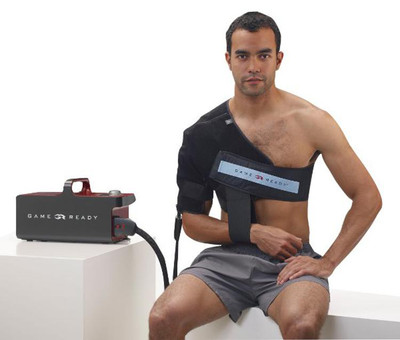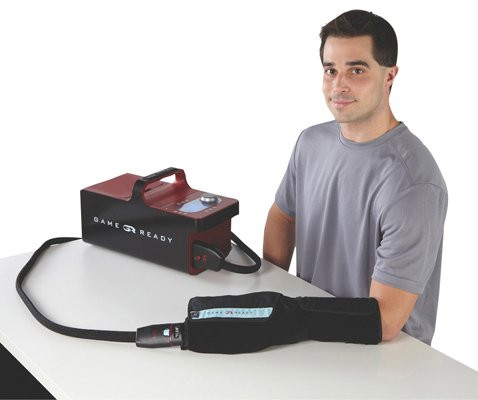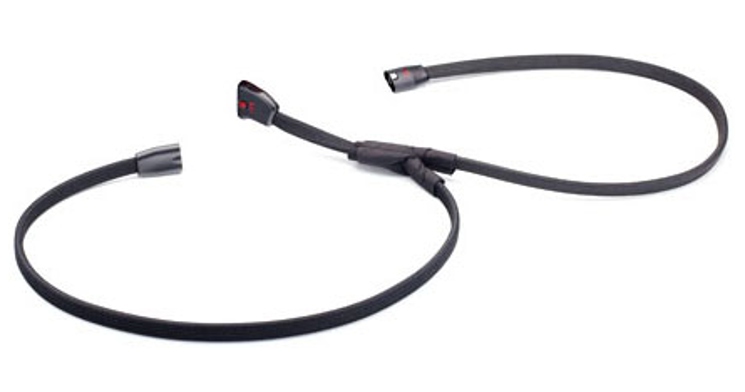 6th Jan 2016
6th Jan 2016
Using Cold Compression Therapy for Athletic Rehabilitation
Working with athletes is a whole different ball of wax when it comes to rehabilitation. The intention is the same as other populations, to return to function, but the level of function can be quite different when it comes to athletes.
With injuries, there is a necessary period of time when rest is required. When an athlete sustains an injury, rest is just as necessary however there is also a time component. Athletes want to heal as efficiently as possible in order to return to their sport.
In order to facilitate healing for athletic injuries, it’s important to access technology that will help do so efficiently. Cold and compression have long been used to help sports injuries. The use of cold helps in reducing pain and swelling, while compression works to reduce edema. Technological advances have created cold compression therapy which is a powerful combination of active pneumatic compression with cold therapy.
How Cold Compression Therapy Works
Reduces Swelling: Cold compression therapy is able to create alternating pressure (working distally to proximally) that helps remove edema and swelling from the injury, which is then eliminated by the lymphatic system.
Promotes Healing: The intermittent pressure also aids circulation, which promotes tissue healing and quality.
Reduces Pain: The cooling created by cold compression therapy constricts the blood flow at the injury which creates a vast reduction in pain.
With the multiple wrap options available with cold compression therapy, it makes it possible to treat most sports injuries. In a comparison of case studies, Intermittent Cryo-Compression Therapy in the Football Athlete presented at The International Conference of Sports Rehabilitation and Traumatology Health for the Football Player: Prevention, Diagnosis, Surgery and Rehabilitation findings showed that cold compression therapy reduced recovery time for athletes recovering from ACL injuries. This sort of finding underlines the importance of having cold compression therapy available to athletes recovering from injuries.
Popular Cold Compression Therapy Unit and Wraps
| Game Ready GRPro 2.1 Cold Compression Unit | Game Ready Compression Wraps | Game Ready Cold Compression Accessories |
Who could use cold compression therapy for athletic rehabilitation?
- Physical Therapists
- Occupational therapists
- Orthopedic clinics
- Training centers and gyms
When it comes to professional athlete being side-lined with an injury can be detrimental to careers. Returning to optimal performance in the most time-efficient manner is of the main goal of any athlete. Doing so in a safe, effective manner is the goal of their rehabilitation team. Cold Compression therapy is a powerfully effective tool to achieve both those goals and get the athlete back in the game.
For more information about Cold Compression Therapy and Other Popular Physical Therapy Modalites see our blog at ProHealthcareProducts.com.









